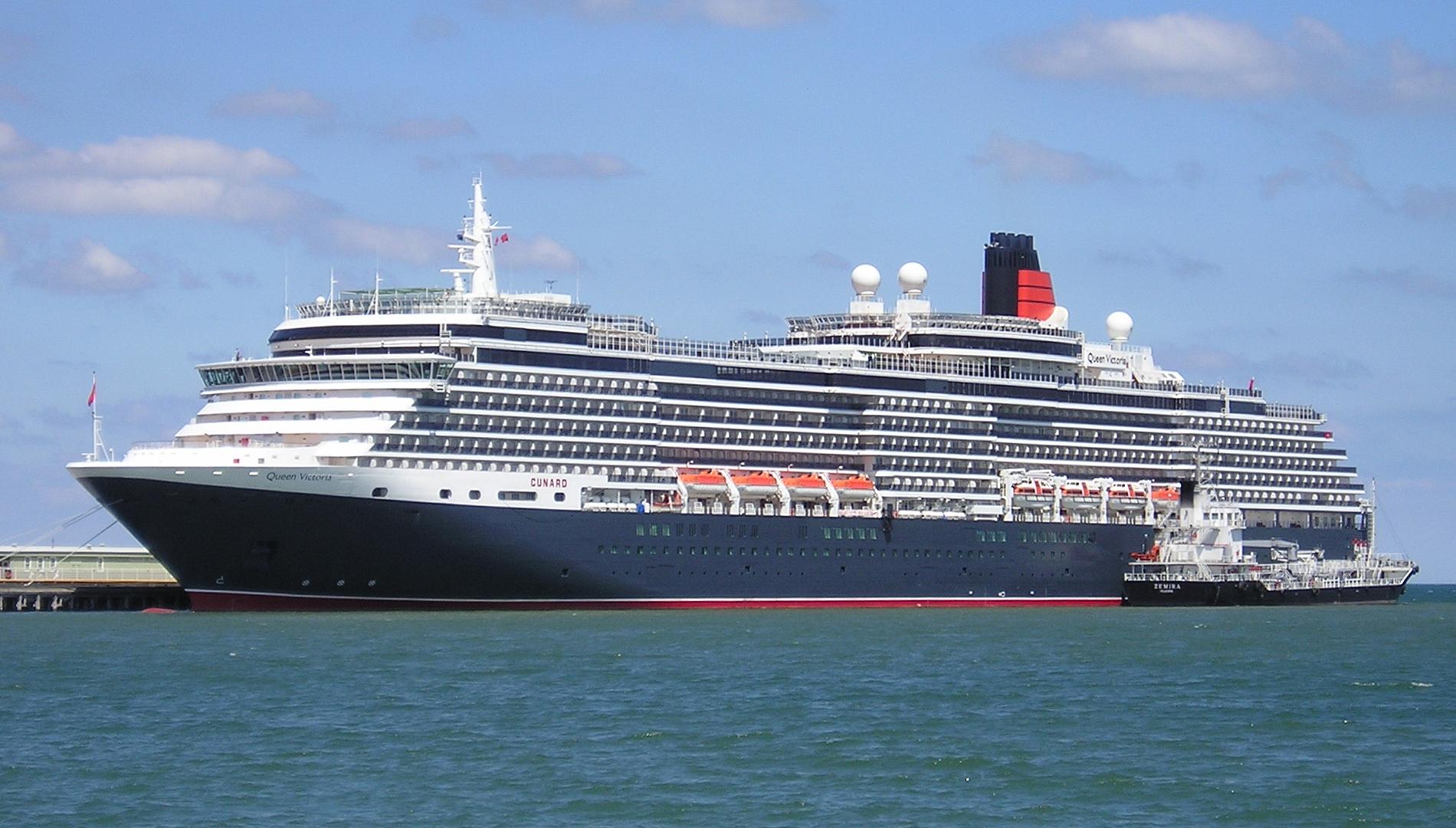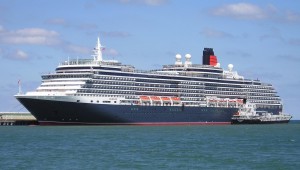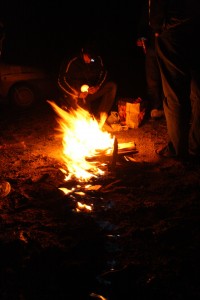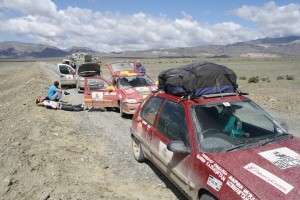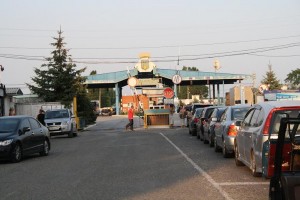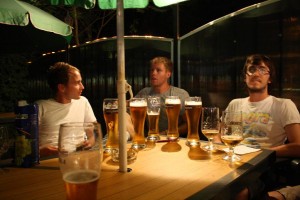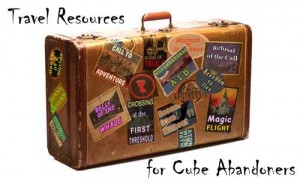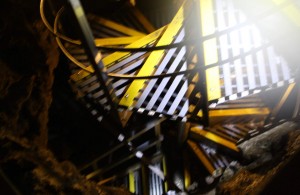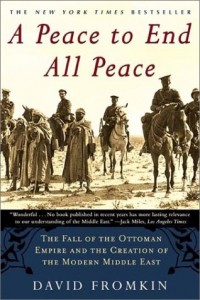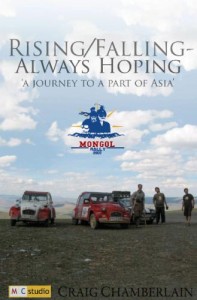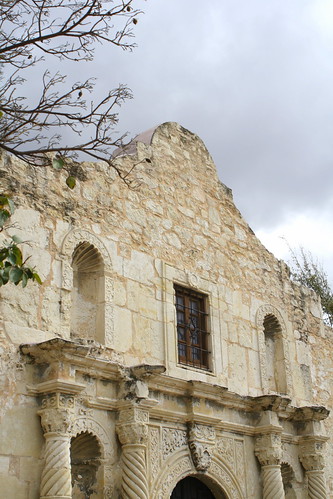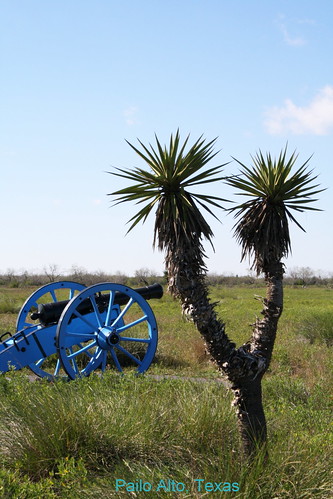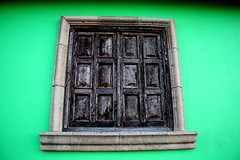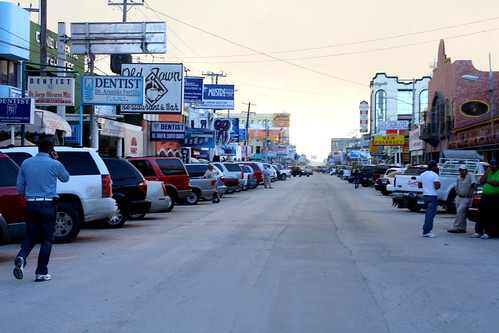Although still listed as the 14th most undesirable place to live because of the crime and unemployment, I’ve been lucky enough to come home for a couple weeks and catch up with friends and family. That has really been the best part about it. There are really some good people here and that is hard to come by in all the places we’ve been. Even though the weather is beautiful today, most activities and venues in Rockford are shut down for Winter. However, I want to take this opportunity to go through some of the awesome things to do in Rockford and a couple of interesting facts…or at least ones that I find interesting.

Making CiderEdward's Apple Orchard
Edward’s Apple Orchard
This place is just simply the best and has been for as long as I can remember. Crowds flock in from Chicago and all over the region to see Edwards Apple Orchard in Fall. I surprising could not find their website, however this is a must do in the Fall. Technically in Poplar Grove, every year thousands of people drive out of the city down country roads to visit this once quaint orchard farm. Over the years it has grown into a huge barn converted into a store with great Mid-West and country style goods that you can’t find anywhere else, tons of apples in baskets to choose from, and phenomenal apple cider. And the kicker – Edward’s Apple Orchard donuts! These sugar coated donuts are home-made right in front of you at the orchard and melt in your mouth. These are such a phenomenon here, I have even seen Orchard donut wedding cakes. It is a great place to take your kids, as they have a free petting zoo, and another building full of country antiques. If that’s not enough, you can go downstairs and order cider by the cup, a single donuts, or anything else the place has to offer.

Midway Village Water Wheel
Midway Village
The forgotten museum of Rockford, I grew up about a mile away from this place. As dorky as it may be, I used to volunteer out there during all of their events. It started out as a ministry required volunteer program I had to do for school and then I just never quit. I got all dressed up in some mid 1800’s gear and went down to the printing press and made people their name while showing them how movable type works, which was a great experience because my Great Grandfather owned the local newspaper in Comfrey, Minnesota. I would also give them a tour of the hardware store where I memorized every detail about each item in the store. This place was amazing during the Civil War Reenactments and Wild West Days. These are of my fondest childhood memories and it is sad to see it not in use or busy on the weekends. It seems as though they don’t have enough volunteers working there to have any of buildings open. I think it is quite an experience walking through what appears to be a small pioneer town of the good ol’ days.
On The Waterfront

Crowd at Davis Park
The music festival of my youth. We couldn’t go through a Summer without trying to spend almost every night down by the river for this monumental event for Rockford. Tons of people come out for this several-day-long music festival. I saw my first concert here, although I am too embarrassed to tell you who it was. Regardless, Rockford brings in a lot of great bands for this event and everyone comes downtown to check it out. Summer is the time to be in Rockford as there are just tons of things going on. They have over 5 stages set up, probably more now, to suit everyone’s’ musical tastes. From Steve Miller Band, to Cold or Powerman 5000, to Bobby Vee from my parents generation, they have all genres.
Historic Auto Attractions
I just heard about this recently from some friends and although I have not been here yet, it looks amazing. This is actually in Roscoe, just outside of Rockford, Illinois. Going through their website is pretty amazing. It simply must be one of the best private car collections in the United States. I am not going to load an image because you simply just need to see their website (click above on ‘Historic Auto Attractions’). They have wax representations of tons of historic figures, most wearing authentic garb, a superman (wearing the actual costume from Superman 1), Bonnie & Clyde’s death hats, John Dillinger’s 1932 Studebaker… the list goes on and on. Absolutely amazing.

Japanese Gardens
Anderson Gardens
From what I have been told, Anderson Gardens has been rated the best Japanese garden in all of North America, a pretty amazing accomplishment. I drove by the gardens literally every day on my way to high school. This is pretty typical for people of their home town, but I have never been here. I’m planning on it this Spring though. I am trying to view my trip home as part of our extended journey and am trying to see all the tourist stuff you miss out on in your own town. They also have a pretty nice restaurant located on the grounds from what I understand but the menu does not have any prices … yes it’s one of those. Probably something for the budget traveler to avoid (the restaurant only I mean) as I’ve fallen victim to that scam all over Central Asia. I don’t want to be that guy who asks how much everything on the menu is…it is simply habit for me now after traveling for too long.
Rock Cut State Park

Rock Cut State Park
I try to drive or hike through the park in the Fall because it really is beautiful. During the Summer I used to go down to the water, just slightly off of the right of this picture, and go fishing. My buddy Matt, who met us in Ankara, Turkey earlier this year, and I caught a ton of small bass and blue gill just off the shore. We would bring some food to grill out as well. It always made for a perfect Summer day when I was younger and I highly recommend a trip out for the whole family. Your bound to catch something, albeit not very big, if you throw a line in. Rarely did I ever go home not having caught something. There is even a bait shop and a place to pick up some equipment in the middle of the park. Moreover, a great camp ground for tents and RVs is on the other side of the lake.
There are a lot of things I am leaving out, please feel free to add them in the comments and keep the list going – for all of you Rockfordians who want to prove that Rockford really isn’t as bad as the magazines state. First one I left out that comes to mind already is Magic Waters! The name says it all.
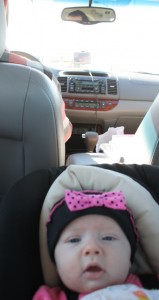 One of the best things about cruising is just how totally coddled you are. From the moment you wake up your day is planned for you– if you want. Activities nearly every hour! You have food at your fingertips, a pool, gym, spa, and of course the option to just sleep on deck or in your cabin. On a flight you get nothing but rude looks from flight attendants, soda and a box lunch that would be perfect for a third world prison. On a road trip you eat hunches over the steering wheel, fretting about burning gas to heat the car while you eat, and constantly in danger from bad drivers, construction or just road neglect. I’ll take the cruise, please.
One of the best things about cruising is just how totally coddled you are. From the moment you wake up your day is planned for you– if you want. Activities nearly every hour! You have food at your fingertips, a pool, gym, spa, and of course the option to just sleep on deck or in your cabin. On a flight you get nothing but rude looks from flight attendants, soda and a box lunch that would be perfect for a third world prison. On a road trip you eat hunches over the steering wheel, fretting about burning gas to heat the car while you eat, and constantly in danger from bad drivers, construction or just road neglect. I’ll take the cruise, please.